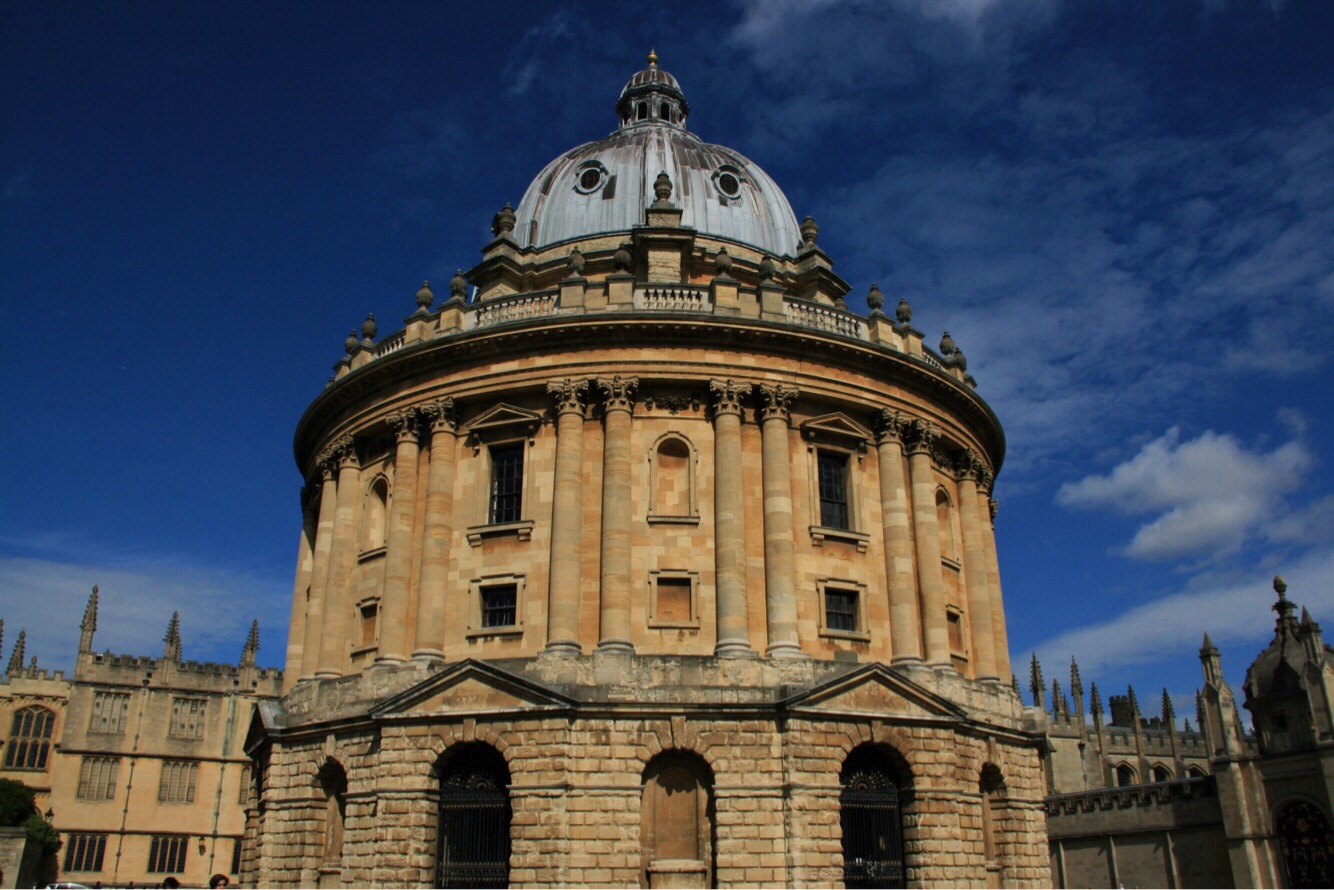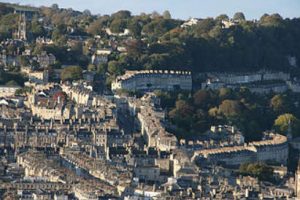I have a soft spot for Oxford. I had been taken there as a kid on a number of occasions. In 2014 a friend and I walked the Thames path in 9 days. The first few days were somewhat boring and then….. Oxford. The ‘dreaming spires’, the curious colleges, the stunning architecture, the plethora of push bikes, the pubs – surely this is a poet’s dream. Publishing brands of renown, well known industrial brands, history etched all over, museums, etc. Perhaps most tourists are drawn to its filming locations as used in the Harry Potter films or sit and muse over Morse, Lewis and now Endeavour episodes-so far, I haven’t been tempted in.
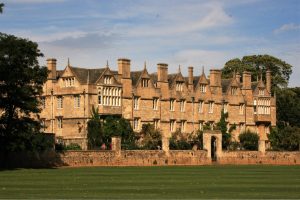
Oxford must surely be one of the jewels in the English crown, and along with Bath is one of my favourite places in this extraordinary country of my birth. I made it my intention to visit this place when I completed that Thames path odyssey, and ever since that time I’ve always thought why it was that I didn’t discover this place earlier.
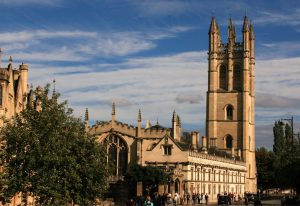
My normal route to the city seems to be on a bus these days, although arriving by train and foot has been ticked off! To use the bus is very unlike me. Enjoying the view as I am carried along, the excitement builds as I travel up the Woodstock Road, past St Giles church and see through the tree lined St Giles Avenue the Martyrs memorial. The sight of this structure is the realisation that I have arrived at the heart of this wonderful city. Oxford delivers so much by way of diversity. It is apparent in that first glimpse as religion, pubs, museums, colleges all meet at that one site.
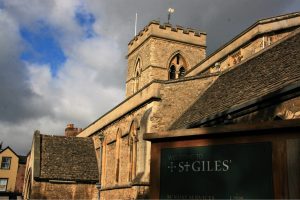
The Martyrs memorial requires some research. I find out that the 3 people commemorated on it were from Tudor times. Bishops Latimer, Ridley and Cranmer were all burnt at the stake for their beliefs. This statue wasn’t raised until 300 years after their brutal deaths. It is claimed that the road level cross in the middle of Broad Street tarmac marks the actual spot rather than the site of the memorial.
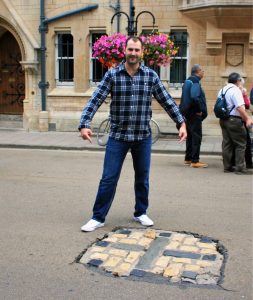
Oxford captivates my curiosity; its prestigious pedigree as a leading educational institute has been built up over many a century. One wonders why I’m so fascinated with this as I never had an interest in higher education. I’m not going to bore you in this blog with the individual beauty and splendour of these colleges, but challenge you to explore it for yourself, for it will truly blow your mind. This aspect is probably worthy of its own blog…. watch this space.

Oxford and its surrounding areas boast the most delightful pubs, full of charm and character, and deliver local brews. It’s not surprising to see why they have made it into so many episodes of Morse, Endeavour, etc. The Trout Inn, The Eagle and Child, Turf and Tavern, Lamb and Flag, and White Horse are among those that have been blessed with celebrity visits, used as TV sets or provided inspiration for writers. As pubs become a part of yesteryear, (they are closing at an alarming rate over here), one cannot beat an evening after work just pub crawling around the many quaint pubs. It could be argued that this is one of the best ways to explore Oxford.
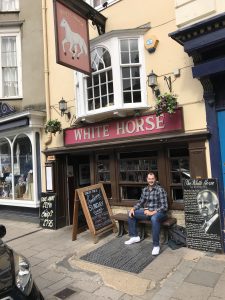
Opposite the White Flag pub is perhaps one of my favourite areas of Oxford and includes the Sheldonian Theatre, Bodleian Library and Radcliffe camera sandwich. These iconic buildings are surrounded on all sides by a number of the university’s colleges. These beautiful buildings are one of my favourite views in this country.

Another fascinating part of Oxford is the number of museums it possesses. The Ashmolean is best described as Oxford’s answer to the British Museum and probably deserves its own blog. The River Pitts museum is madness. The building itself is tremendous was filled with excited children and perhaps they were slightly off putting as regards this curious and quirky collection. Granted I visited both museums on a wet and wild day in the school holidays. The calm and peace of the Ashmolean meant I was able to study and challenge my limited knowledge. The crazy Arthur Pitts was manic.
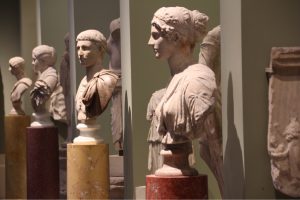
Perhaps Oxford’s best view is from above. It led the Victorian poet to describe it as ‘a city of dreaming spires’. I’m still trying to find my favourite to enjoy the view (perhaps Carfax Tower is a candidate) but one cannot argue with this description.
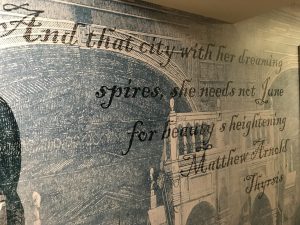
As I keep returning to this wonderful place I discover somewhere new and intriguing each time. This blog has only scratched the surface of this incredible place. Until next time Oxford – I cannot wait.
Oxford, England, United Kingdom

